Faculty Members
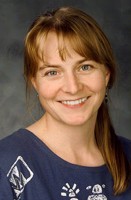 |
Susanne Lindgren (website): Professor Lindgren's scholarly interests are in medical microbiology. She studies the molecular and cellular mechanisms of microbial pathogenesis in a variety of bacterial pathogens, including Salmonella and pathogenic E.coli. Her current research focuses on development and use of molecular systems to survey food, clinical specimens, agricultural environments and products for the presence of Enterohemorrhagic E. coli, and viability of this pathogen under a variety of environmental conditions. Additionally, Dr. Lindgren is interested in continuing her work on the development of an oral-attenuated vaccine against both E. coli and Salmonella. |
 |
Mary McCarthy-Hintz (website): Professor McCarthy-Hintz’ research interests include the investigation and characterization of ethnopharmacological medicines used against cancer and the investigation of the effects of Vitamin D 24-Hydroxylase amplification in Breast Cancer Cells. |
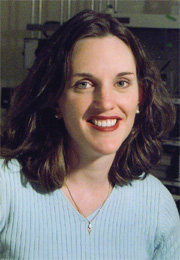 |
Katherine McReynolds (website): Professor McReynolds’ research interests involve the development of novel multivalent carbohydrate-based drugs aimed at inhibition of HIV entry into host cells. Research in Dr. McReynolds’ lab focuses on the design and synthesis of the target drug molecules using organic synthetic methodologies, followed by assessment of biological activity of the drugs. |
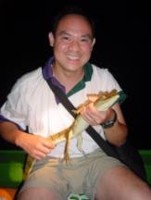 |
Hao Nguyen (website): Professor Nguyen's research interests include the investigation of cell cycle regulation (such as cellular proliferation and differentiation and apoptosis) has important implications in the natural development of a tissue as well as the development of cancer. Dr. Nguyen is interested in studying the regulation of the cell cycle during the natural rat colon development and colorectal carcinogenesis. The discovery of the similarities and differences between these two processes may be the key to understand how colorectal carcinoma is formed. |
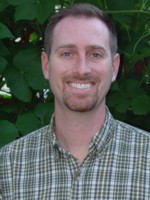 |
Thomas Peavy (website): Professor Peavy’s research interests are on the molecular mechanisms that mediate sperm and egg interactions during fertilization in vertebrates. His research focuses on understanding how the molecular components of the egg extracellular matrix (zona pellucida/ vitelline envelope) facilitate successful species-specific fertilization, and how their structure and function have evolved in different vertebrate species. The answers to these questions have potential application towards clinical diagnoses of infertile couples, assisted reproductive technologies, contraceptive strategies, and conservation biology. |
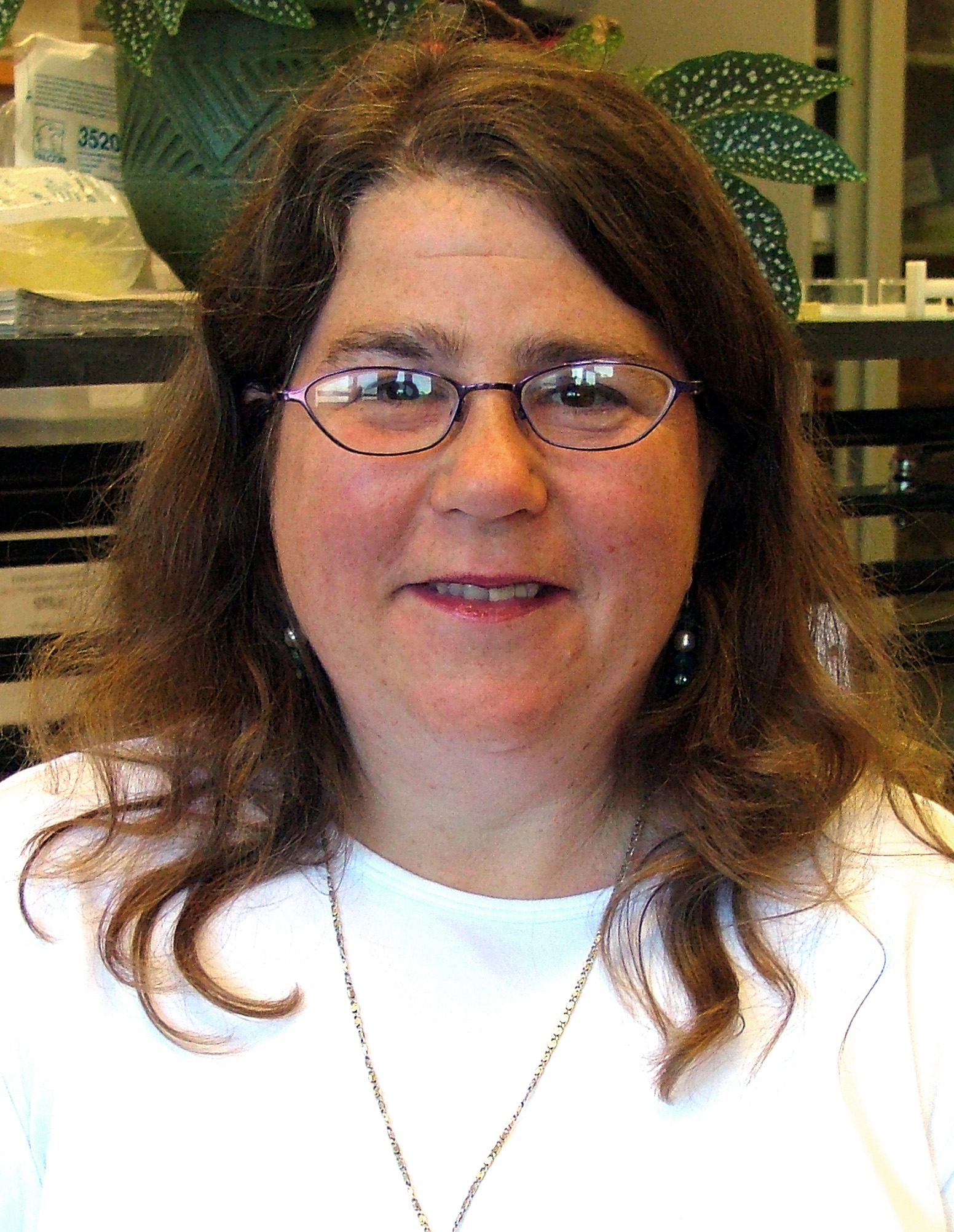 |
Linda Roberts (website): Professor Roberts is interested in the structure-function relationships of apolipoprotein A-I (apo A-I) from different organisms. Apo A-I is the major protein component of HDL (high density lipoprotein, the “good” cholesterol). Dr. Roberts is currently focusing on the amino-terminal region of the protein, using both molecular biology and biophysical techniques to delineate residues involved in the conformational switch properties of this region of the protein. She is also comparing the properties of apo A-I proteins from different organisms to evaluate the conservation of particular structural elements among distantly related species. Both of these projects are funded through a grant from the National Institutes of Health. |
|
|
Thomas Savage (website): Professor Savage’s research addresses how plant central metabolic pathways provide precursors for compounds important for human and animal nutrition. He is currently focusing on how expression of isozymes of pyruvate kinase controls metabolic flux through glycolysis in different plant tissues. |
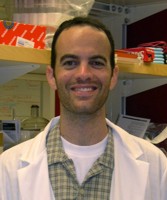 |
Christopher Sullivan (website): Professor Sullivan’s research interests include endothelial cell biology, vascular biology, and physiology. His previous research has examined structural adaptations of the vasculature in response to changes in bloodflow. He has also used microarray analysis to study gene expression changes in models of vascular disease induced by diabetes. |
